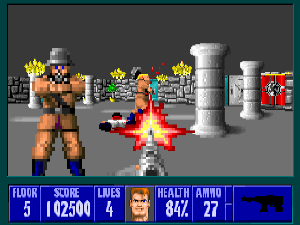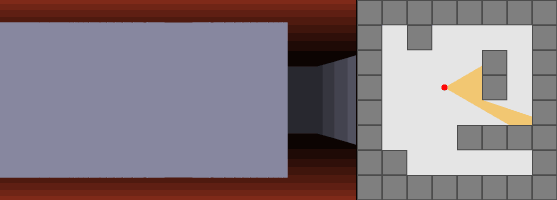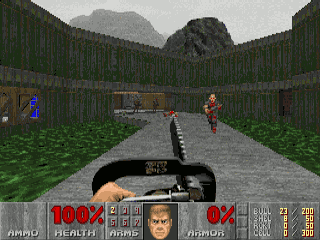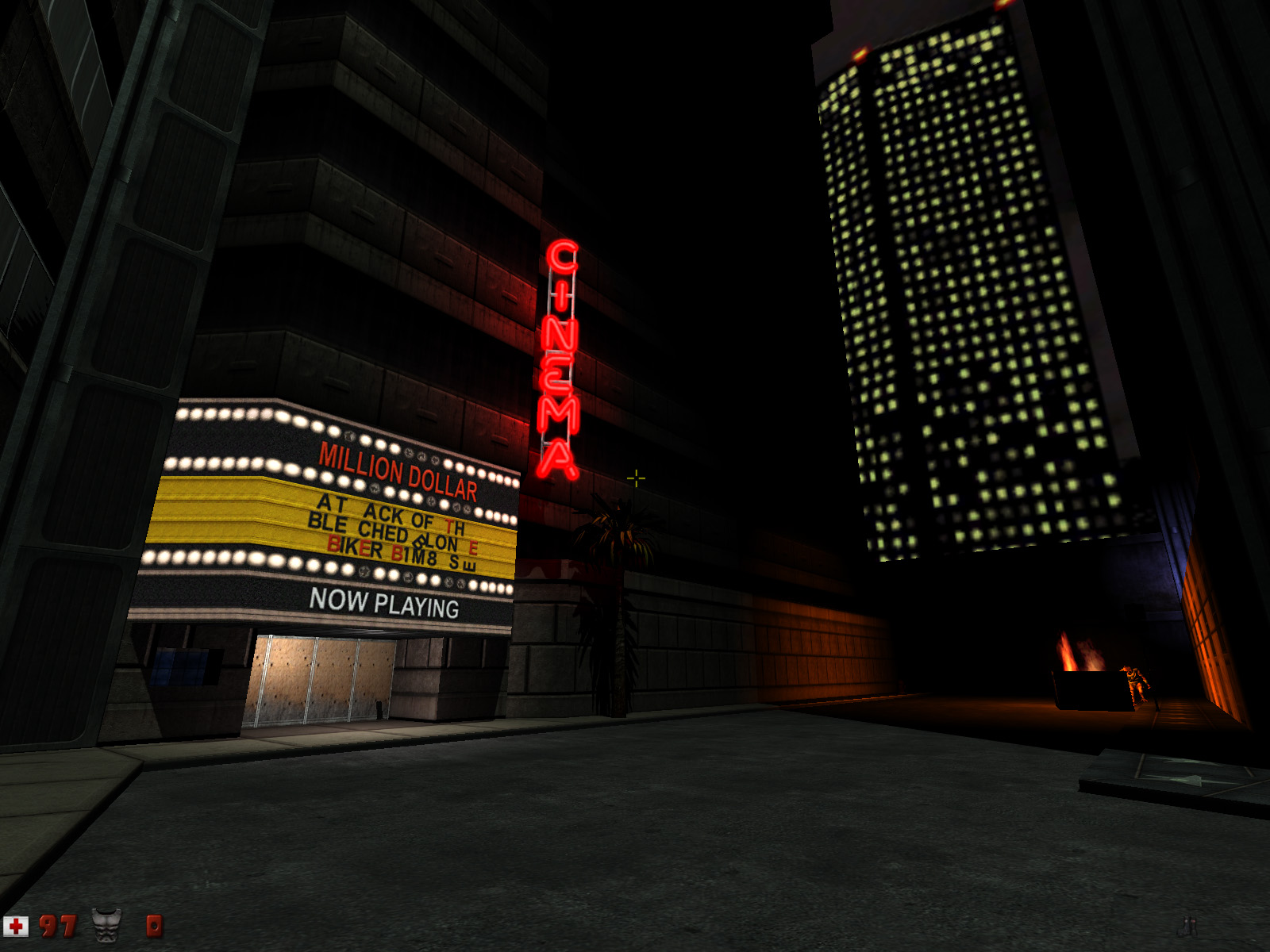Reading Week Special – FPS Games, A History, Part 1?
Do we really need to write anything for Reading Week even though we learnt nothing this week? Whatever.
In my opinion, FPS Games (First-Person Shooters) are what’s on the main front of the advent of the computer graphic techniques. Come to think of it, the first games that made a groundbreaking event in Computer Graphic are almost always FPS Games, probably because the developers want to make them as real-looking as possible? No one would possibly know.
I’m not a fan of these types of games at all because I can’t aim well, but my opinions on these games is unbiased. I’ll list some of the FPS games that I think that has an advance on computer graphics with varying details.
The first FPS Game, Wolf3D(1992)

Wolfenstein3D by Id software is widely believed to be the very first FPS games. Even though it’s not even true 3D to begin with (Actually, FPS games haven’t got true 3D until Quake). All the map elements like items, backgrounds, decorations and enemies are instead presented as sprites. However, this game marks the first game that allows the player to explore an area in first person while shooting at various enemies and still runs smoothly on a lot of the low-end computers of that age. The secret of that is because the engine preloads all texture data (used by the walls) and the location of the sprites before the game started, rather than during gameplay (like some other similar games of that time). Thus creating a more smoother gameplay while sacrificing some of the appeal (all sprites of item and decoration is static because they’re fixed after loading is a good example).

Limitations of this engine include cannot look up and/or down, all items and enemies has fixed animations and there is no lighting or other 3D effects at all. It’s at best a pseudo-3D engine.
THE FPS Game, Doom (1993)
 Doom is yet another FPS game by Id Software and is one of their flagship series today. Doom’s engine is different from Wolf3D’s because this engine, while still featuring a 2D map, has more elements that would then appear in major 3D titles, such like basic lighting, the concept of height (though it’s actually faked – remember the level itself is 2D) and skyboxes. There are some very basic physics in there but it’s not notable.
Doom is yet another FPS game by Id Software and is one of their flagship series today. Doom’s engine is different from Wolf3D’s because this engine, while still featuring a 2D map, has more elements that would then appear in major 3D titles, such like basic lighting, the concept of height (though it’s actually faked – remember the level itself is 2D) and skyboxes. There are some very basic physics in there but it’s not notable.
Improvements between the prior Wolf3D engine and this one also includes fully textured surfaces and the absence of grid-mapping (in a level design sense), which makes the game more realistic than other games of that time. The engine also supports modding through various ways of using resource files to store the game’s contents, making addons simpler to make. Since the textures and models used by the engine is easy to create by the players, a large modding community surfaced for this game and is still at large even on this day.
Id software would later went on to make Doom 2, which has no technical improvements over the first. However, the other companies are working too…
Duke Nukem 3D (1996)

DN3D is 3DRealm’s try at putting their main character in a 3D world. Being made by a different company, it’s engine that’s completely different from Doom Serie’s.
DN3D’s engine is named BUILD, while it’s still not a true 3D engine as the levels are still laid off on a 2D plane, it includes the concept of height so now walls and ceilings could have different height while the main character can jump from a place to another with correct height data. The height data can be tracked as when the main character is falling down from a high place, he’ll receive damage relative to the height between the floor and the position of the player. There is also items like Jetpacks that allows the player to be transported all over the map by flying, giving the player more space to explore, which is a first of FPS games of that time. However, such height concept is not without flaws, there are something wrong on the above screenshot already showing up: There is no handlers for vertical distance, thus, there would be some distortions when looking up, and when the object in question is very high, some heavy distortion would appear at the end such like the skyscraper in the above screenshot.
BUILD engine is still at large today thanks to the popularity of the games, it’s already be ported over to OpenGL (which is where that screenshot above is from) with some improvements. However, on the same year, later in June, Id software released……
True 3D FPS, Qua-
Hold it right here. From this time on, some of the stuff that’s being added in these later engines are actually topics of some we’ll cover in the later weeks, so I’ll stop right there and continue to enjoy my reading week break.
Until next week,